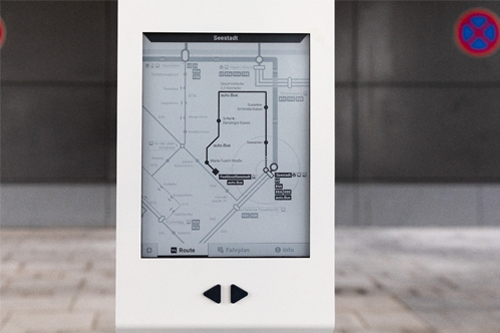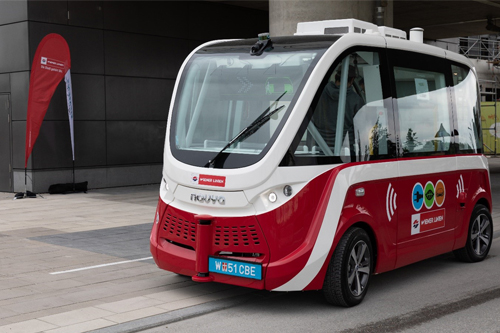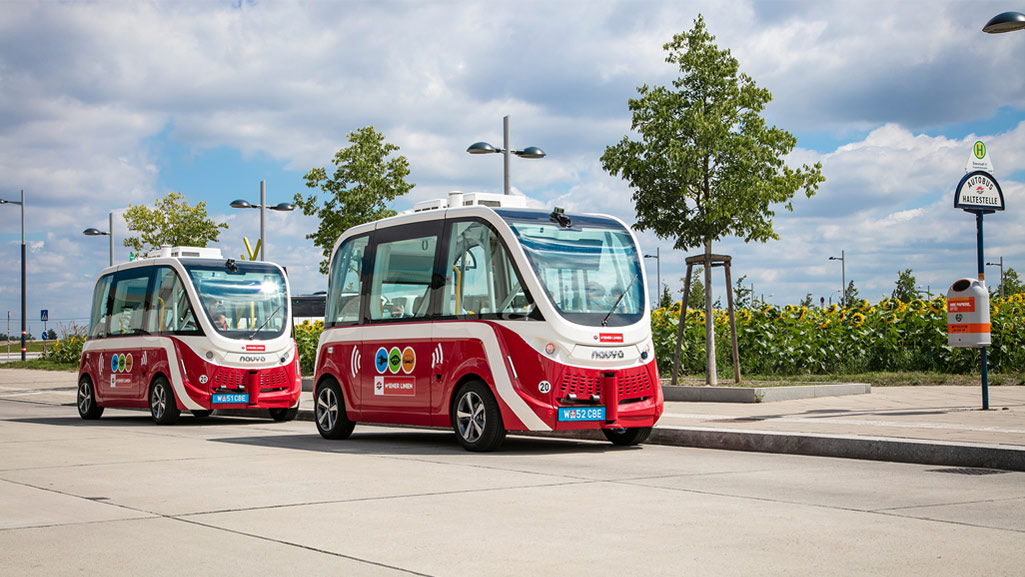The challenges cities face nowadays get more complex, as the urban population is increasing, so do the miles of queuing on the streets and thus the air pollution is rising. Ranked the most livable city in 2019, Vienna undertakes numerous efforts to find ways to deal with this problem. One attempt is a project realized by the Federal Ministry for Transport, Innovation and Technology, and Wiener Linien, the public transport operator of the city. Together they launched the “auto.Bus – Seestadt” research project. Wiener Linien identified autonomous driving as a megatrend with the potential to change cities for good. Therefore the project strives to increase the efficiency and operational safety of autonomous vehicles and test their capability in real life.

As of June 2019, the first autonomous, electrical buses roll on the roads of Seestadt Asperns. Located in North-Eastern Vienna, this quarter has been identified as an “urban lab” and part of Vienna’s “Smart City” strategy. The district is seen as Vienna’s playground to test smart ideas, concepts and technologies under real conditions. After a two-years planning, the autonomous vehicles were ready to be tested under real-life circumstances. As this is a passenger test service, anyone has the opportunity to travel with the innovative buses for free. Two digital timetable monitors are also tested in this context: by scanning a QR code, passengers find out whether the buses are currently travelling and get their actual location.
Each of the two mini buses have a capacity of up to 10 people. The buses are circulating around the metro station U2 Seestadt at a maximum speed of 12 km per hour. As they are still in the testing phase, each bus is equipped with a driver who can manually intervene if necessary. An incident in the first operating month already heat up the debates about this new systems, when on July 18 a pedestrian was minorly injured by one of the buses. As a result, the buses were taken off the streets. The vehicle, equipped with sensors, immediately recognized the walking person as a potential obstacle and blew the horn to attract the pedestrian’s attention. However, the person did not react and continued to walk towards the bus. Only 1.6 seconds elapsed between the detection of the person and the standstill. A thorough investigation though revealed that the public transport reacted correctly and according to the rules, thus bringing the service back again to finish the test period in 2020.

The necessity of autonomous and connected vehicles gets clearer with every year that goes by and there is no doubt that at last they will become reality. Still, their introduction on the market will require not only technical certification, but also the legitimization by national road traffic laws. There are still a lot of remaining questions regarding safety, legislation and current infrastructure.
Are cities ready for the changes the new technology will bring? Taking place in Vienana, this year’s “The Future of Transportation” World Conference focusses on trends and innovations in the world of transportation, looking especially at autonomous vehicles and their effect on the existing transport. Professionals from all over the world and of various backgrounds will discuss the opportunities and challenges of driverless vehicles, as well as the realistic timescale for their mass deployment.
Let’s talk about the technology that supports mobility in over 2,500 cities. Meet us at Future of Transportation World Conference 2019 at booth #1190
Our experts are actively participating in the discussions. If you want to get in touch, visit the following sessions:
Tuesday, December 10, 10:20 am: Mobility in the City of Tomorrow: How Can AI Help Cities Tackle “New Mobility” Challenges? Nora Szabo, Sales Manager Southeastern Europe, PTV Austria GmbH
Tuesday, December 10, 11:10 am: Brief overview of key features in PTV Optima Thomas Epp, Managing Director, PTV Austria GmbH
